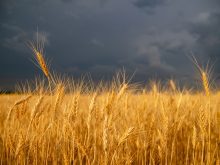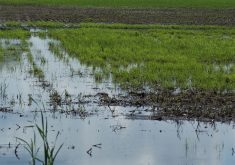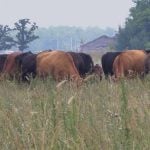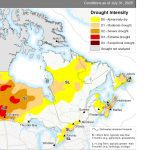Christianson is a land agent and environmental technician based in Olds, Alta.
Transmission power line operators in Alberta have millions of dollars of transmission power line proposals on the books.
Once given the go-ahead by the overall planner and approver, Alberta Electric System Operator (AESO), the operators or wire owners have to consult with landowners to find a route.
Most landowners would agree that transmission powerlines are needed. Electricity has to be moved from the generator to the substations in the rural districts, towns and cities.
Read Also
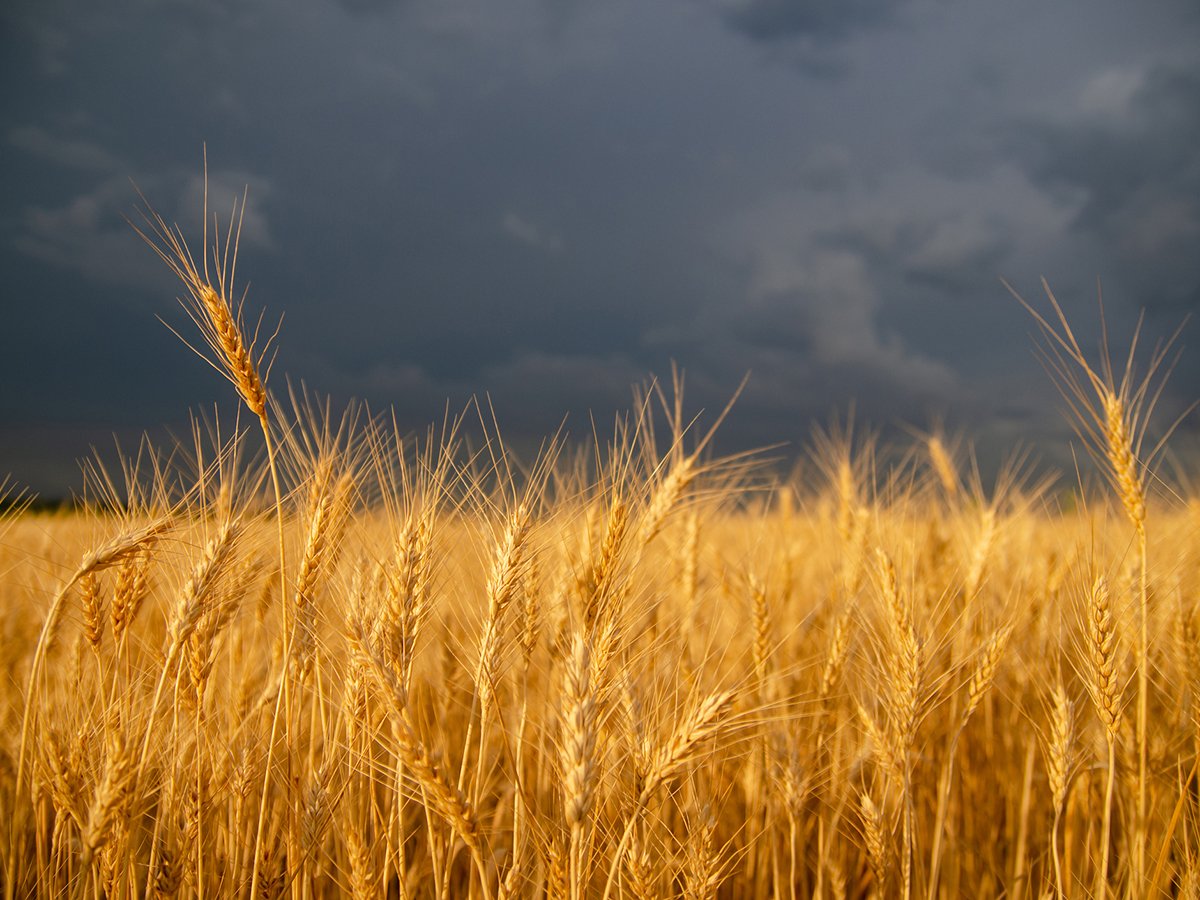
Late season rainfall creates concern about Prairie crop quality
Praying for rain is being replaced with the hope that rain can stop for harvest. Rainfall in July and early August has been much greater than normal.
Hundreds of wind-generated megawatts are on hold until transmission lines can be built, and not just in the Lethbridge area.
Some argue that if a good number of wind generators come on stream, then the 500kV transmission lines proposed to run from west of Edmonton to east of Calgary are not needed.
This may be wishful thinking because wind is not an entirely dependable source of power, but coal certainly is.
The bulk of the coal-fired power is still in the Edmonton area and has to be moved south. If nuclear power is built for the tar sands, then any extra power has to be moved south as well.
Someone has to carry the burden of having transmission lines on their lands.
But whose turn is it?
I’ve spoken to some of the landowners who have transmission power lines on their lands, both east and west of Highway 2 on some of the best soil in the province.
The lines can’t be seen from Highway 2 but both are major 240kV north-south lines – one a single circuit and the other a double circuit. Both lines are on large steel tower structures.
I know that some people would say: “What the heck, those folks already have two right of ways across their land so what difference would another right of way make? Add another 200-metre-wide right of way alongside and stick it there.”
The landowners, however, would tell you where to stick it – stick it on someone else’s land.
They have done their bit for Alberta, so they say. Let another poor soul bear the burden of looking at and farming around the towers. It’s someone else’s turn.
It’s hard to argue with their logic.
Perhaps it’s more logical to route the 500kV line from the Wabamun generating plants immediately southwest to the green area. It’s across farmland for about 50 kilometres and then it’s predominantly crown land and forest reserve lands all the way south and then west to the Cochrane, Alta., area substation, its intended target.
Plant raspberries under the line and let the bears graze. Of course, First Nations have to be consulted on crown land. The First Nations may be able to secure right of way maintenance contracts but consultations could take years and I’m not sure if AESO has that long.
From the substation near Cochrane, the line would travel east, passing on the north side of Calgary and then south to the Langdon substation on the east side of Calgary. Most of this is agricultural land with acreages here and there.
The other option is to take the power to the east side of the province. Run the transmission line from the Wabamun generating plants east to the less densely populated areas of Alberta and tie in the Battle River power plant near Halkirk on the way and then south through parkland to the short grass prairie region in the Special Areas.
Generally speaking, the lands on the east side of the province, and certainly the Special Areas, have a higher percentage of grazing lands versus cultivated lands, with fewer farm sites affected by the line.
On the whole, this means more cattle using the towers as scratching posts rather than farmers winding around the steel towers with their equipment.
Of course, this is a generalization. These folks would still have farming inconvenience plus the view of the steel towers.
Steel tower transmission lines already exist here as elsewhere but fewer people are affected.
From the Cessford area, between Hanna and Brooks, it’s straight west across pasture, farmland and acreages to the Langdon substation.
Both the west crown land route and the east side route have a distinct advantage for electricity ratepayers: annual rent.
Both routes would mean that annual rent payable on the steel towers would be less. Rent on the towers on crown land would go to the crown – the public. This rent is much less than what is currently payable on cultivated private land.
The same rule holds true for rent on steel towers across pasture land versus cultivated land. Pasture rent is less than cultivated rent.
Both options offer a saving in annual rent, which all Albertans pay for, one way or the other, in the electrical rates.
Apparently it’s been 20 years or so since a major steel tower transmission line has been built in Alberta. So its time is due.
But whose turn is it? Is it the crown land managers, forest managers or First Nations who should deal with a transmission line across their lands?
Most of British Columbia’s transmission is across crown land.
Should the ranchers and farmers on the east side of the province deal with a 500 kV line? Is it their turn?
Or is it, once again, the landowners east and west of Highway 2? Don’t worry about acreage owners. They’re everywhere and it will always be their turn.
These are tough decisions and tough negotiations but one thing is for sure, it’s not going across my land.
I don’t want a turn. I’ll pass.




